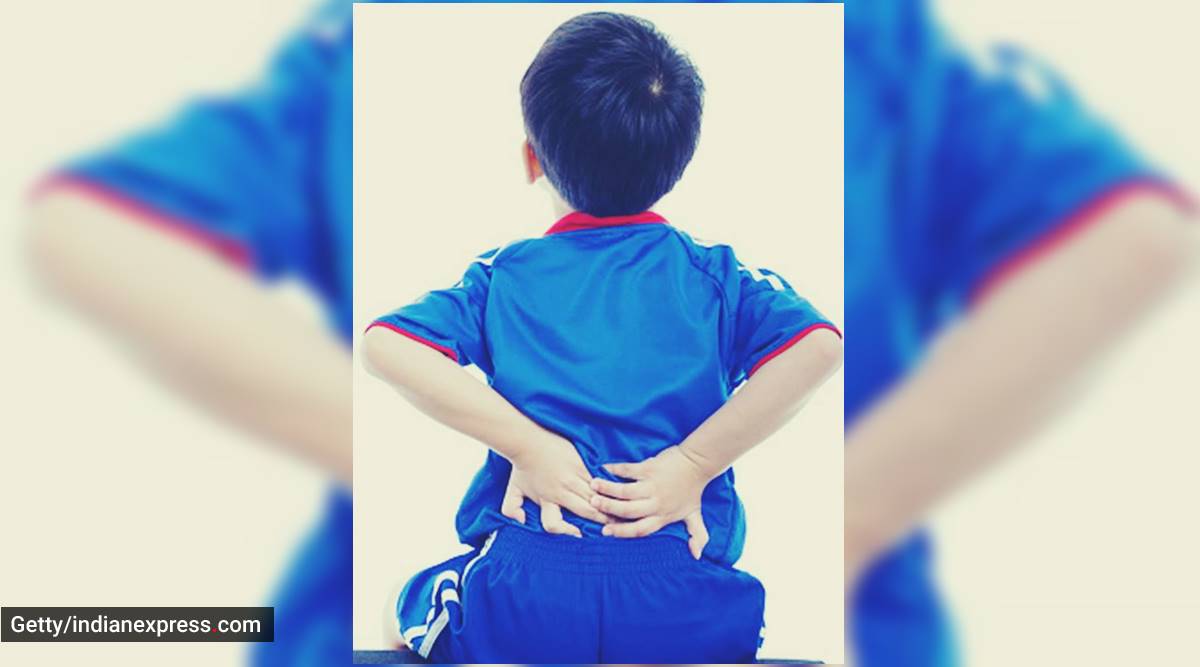Children with spinal conditions may require long-term follow-up or monitoring, even after their back problems are resolved medically or surgically.

By Dr Amit Gupta
Children are not just smaller versions of adults, when it comes to medicine particularly for spine problems, children may not have the same disease spectrum as adults. Although spine problems in children are rare, a wide variety of congenital, developmental, traumatic and neoplastic disorders may occur in this age group.
Some common spinal problems are:
Chiari malformations (herniation of part of the brain tissue extending into the spine with or without other associated congenital anomalies);
Meningocele or lipo-myelomeningocele (spinal cord emerges via a defect in the vertebra and breaks through the skin with or without fat content);
Dermal sinus (a small but deep opening in the skin attached to underlying spine usually in the lower back or near the buttocks);
Spina bifida (open split vertebra with exposed spinal tissues);
Split cord malformations and tethered cord (spinal cord gets abnormally attached to surrounding tissues and is stretched leading to injury)
These disorders can be detected at birth due to abnormality or paralysis in legs with bladder dysfunction, abnormal physical deformity of spine, patch of hair, skin discoloration, small hole or a fatty mass deep within the skin in the lower back. Such conditions, if left untreated, can cause difficulty in walking or urinating, wasting of the thigh or calf muscles, back pain or pain in legs in children.
An abnormal curvature of the spine also leads to back pain and other problems like breathing difficulty in severe cases. Curvature, maybe abnormal sideways (scoliosis), outward or humpback (kyphosis, in mid spine) or inward (lordosis, in lower spine) with uneven shoulders and waist or tilted pelvis are some other problems that may arise in children. Trauma like sports injuries contribute about 10 to 15 percent of spine problems especially in adolescents or older children. Infections like tuberculosis or osteomyelitis and tumours of the spine or spinal cord are rare etymologies in children.
To diagnose the underlying cause of these symptoms, a spine specialist or a neurosurgeon usually conducts certain investigations like x-rays, computed tomography (CT scan), or magnetic resonance imaging (MRI) to understand the anatomy and extent of disease and other associated injuries or anomalies.
Treatment should be individualised according to the spinal disorders. In many cases, a child with back problems may require painkillers or muscle relaxants for a short term which are safe and effective even for small children, especially in cases of soft tissues injury. Children who develop pain, weakness or deformity as they grow, need surgery to decompress the nerve roots and spinal cord or to release a tethered spinal cord (de-tethering).
But in case of Myelo-meningocele, surgery or repair should be done as early as possible in joint collaboration with a plastic surgeon to protect the exposed spinal cord from injury and infection. In cases of an unstable spine either due to injury or progressive severe deformity, decompression alone or with fusion, using implants like rods and screws, can be a viable option. Surgery is not always necessary to treat different kinds of back problems. Bracing provides support to the spine and limits its movement by external devices like cervical collar or lumbar corset, especially for musculoskeletal injuries or for abnormal curvature of spine on a short or long-term basis. Physical therapy and rehabilitation reduces muscular imbalance and increases strength and flexibility and thus, in turn, improves posture.
Children with spinal conditions may require long-term follow-up or monitoring, even after their back problems are resolved medically or surgically. So, the key in handling spine disorders in children is early detection and timely consultation with spine specialists.
(The writer is Senior Consultant, Neurosurgery, Max Super Speciality Hospital, Shalimar Bagh.)
Source: Read Full Article






